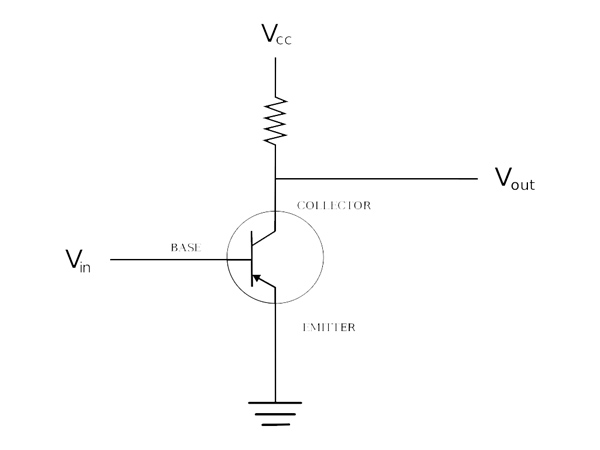PSUs 101: A Detailed Look Into Power Supplies
The objective of this article is to provide detailed information about the most crucial part of a personal computer (PC) system, its power supply unit. Follow us on this journey into PSU territory and we promise that you will gain valuable knowledge.
Resistors, Transistors And Diodes
Resistors
Resistors are the most commonly used electronic component. Their role is to simply restrict the flow of electrical current when necessary and make sure that the correct voltage is supplied to a component. We measure resistance in ohms. However, since an ohm represents a very small resistance, in most cases you will see resistance measured in kΩ (1000Ω) or MΩ (1,000,000Ω).
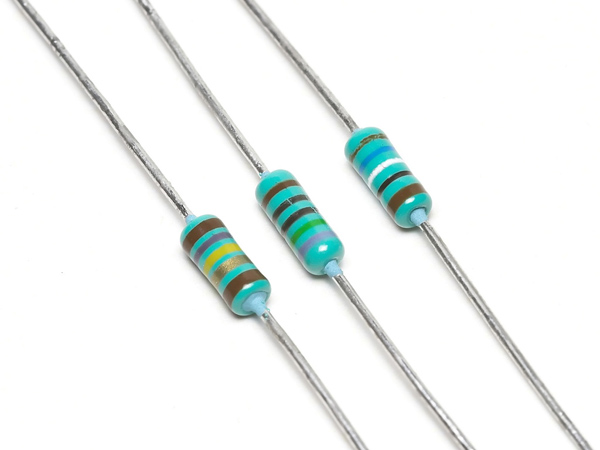
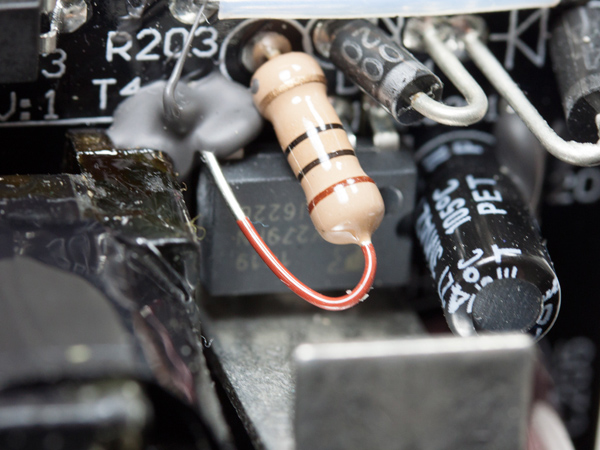
When we combine several resistors in a series, then we simply add their resistance (equation 1 below). The same current flows through all resistors connected in series, but there is some voltage drop at each resistor.
(1) Rseries = R1+R2+R3…
When we combine several resistors in parallel, then we decrease the overall resistance (equation 2). In addition, when there are multiple resistance branches in a circuit the current flowing into each of them is inversely proportional to the resistance of the branch.
(2) Rparallel = 1/(1/R1+1/R2+1/R3…)
Since we made it this far, we should mention Ohm's law: Voltage equals current multiplied by resistance (equation 3). Another equally famous law is Joule's law (equation 4), which gives the relation of power (P) with voltage (V) and current (I).
(3) V = I x R
Get Tom's Hardware's best news and in-depth reviews, straight to your inbox.
(4) P = V x I = (I x R) x I = I2 X R
Transistors
The transistor is considered to be the biggest discovery, or innovation, of the 20th century. Indeed, inside every electronics device nowadays you will find transistors working effortlessly and reliably. The two most common types of transistors are bipolar junction transistors (BJTs), which can be broken down into NPN and PNP transistors, and field effect transistors (FETs). Similar to BJTs, FETs come in N-channel and P-channel types. The two major types of FETs are MOSFETs (Metal-Oxide Semiconductor FETs) and JFETs (Junction FETs).
A transistor has three leads: source, gate and drain. To explain its operation, we will use a simple paradigm. Think of a pipe that connects a source of water to a drain. The valve (gate) controls the flow of water either by being fully closed, partially open or fully open. The same is true in a transistor. By applying voltage or current (depending on the transistor type) to the gate, we can control the current flowing from source to drain. In NPN transistors the source, gate and drain are called collector, base and emitter, respectively. The two main roles of transistors are amplifying small signals and switching.
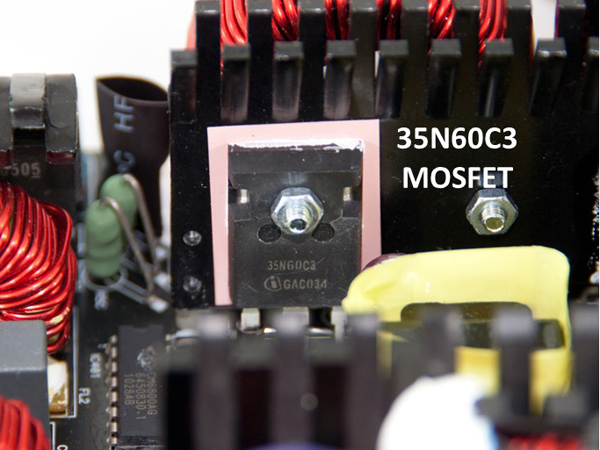
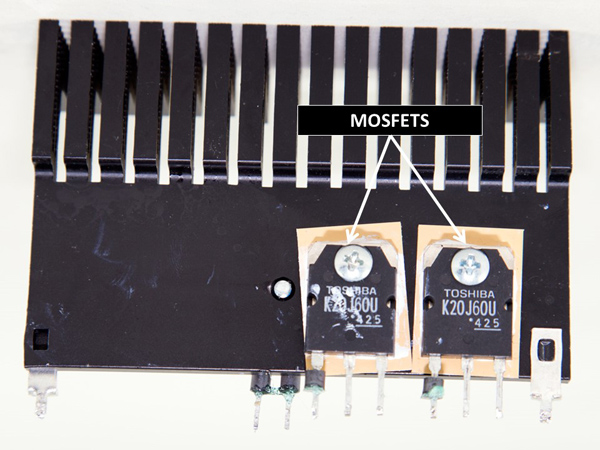
In PSUs, mostly NPN FETs are used in the APFC converter and as main switchers. In order to further increase efficiency, they are also used in the secondary side to rectify the DC outputs (synchronous design).
Diodes
A diode can be considered as a one-way valve. When voltage is applied to it, it allows current to flow in one direction but not through the other. The process is sometimes also called the rectifying process. The one end of a diode is called an anode and the other a cathode. Most of the diodes allow current to freely flow from anode to cathode. When current starts to flow from a diode, there is a constant voltage drop on it. For most diodes this voltage drop is approximately 0.7V.
All diodes have a current rating that states the maximum forward current they can withstand. Also, the Peak Inverse Voltage (PIV) rating depicts the maximum reverse voltage that a diode can handle before it breaks down. Now, if you want to find out if a diode is working properly, then all you have to do is measure it with a multimeter, using the ohms scale. In one direction the diode should have low resistance (forward-biased), and in the opposite direction you will see high resistance (reverse-biased).
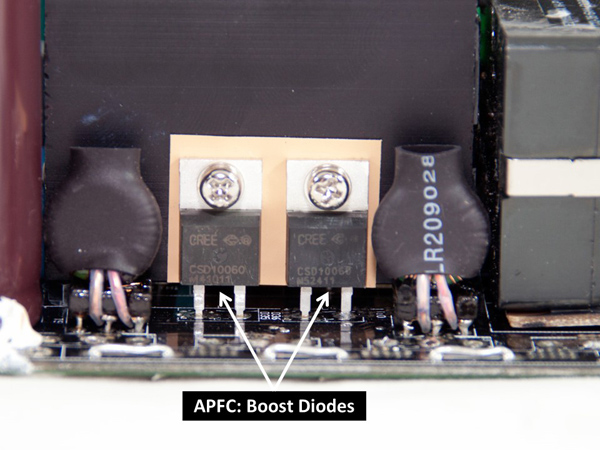
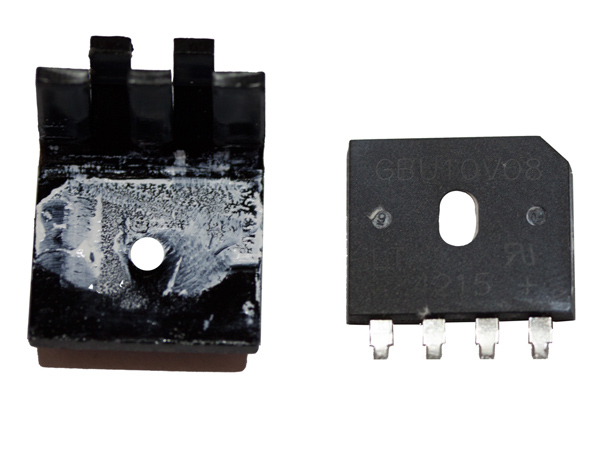
Diodes have numerous uses. Some of the most common are voltage regulation, AC rectifying (bridge rectifiers), LED applications, overvoltage protection and more. In many PSUs, besides the common diodes, we almost always find bridge rectifiers (four diodes in a bridge arrangement that provides full-wave rectification to incoming AC signal) and Schottky Barrier Diodes (SBRs). The SBRs are used in the APFC section (boost diodes) and sometimes for the rectifying process of the DC outputs in the secondary side. Schottky diodes are special diodes with a lower forward voltage drop than the common diodes. However, in high-efficiency PSUs they are fully replaced by FETs that dissipate less energy. But there are also cases where SBRs work along with a FET replacing its internal diode, providing increased efficiency since the actual regulation is still handled by the FET.
Current page: Resistors, Transistors And Diodes
Prev Page Capacitors Manufacturer Tier List Next Page SMPS Vs. Linear Regulators
Aris Mpitziopoulos is a contributing editor at Tom's Hardware, covering PSUs.
